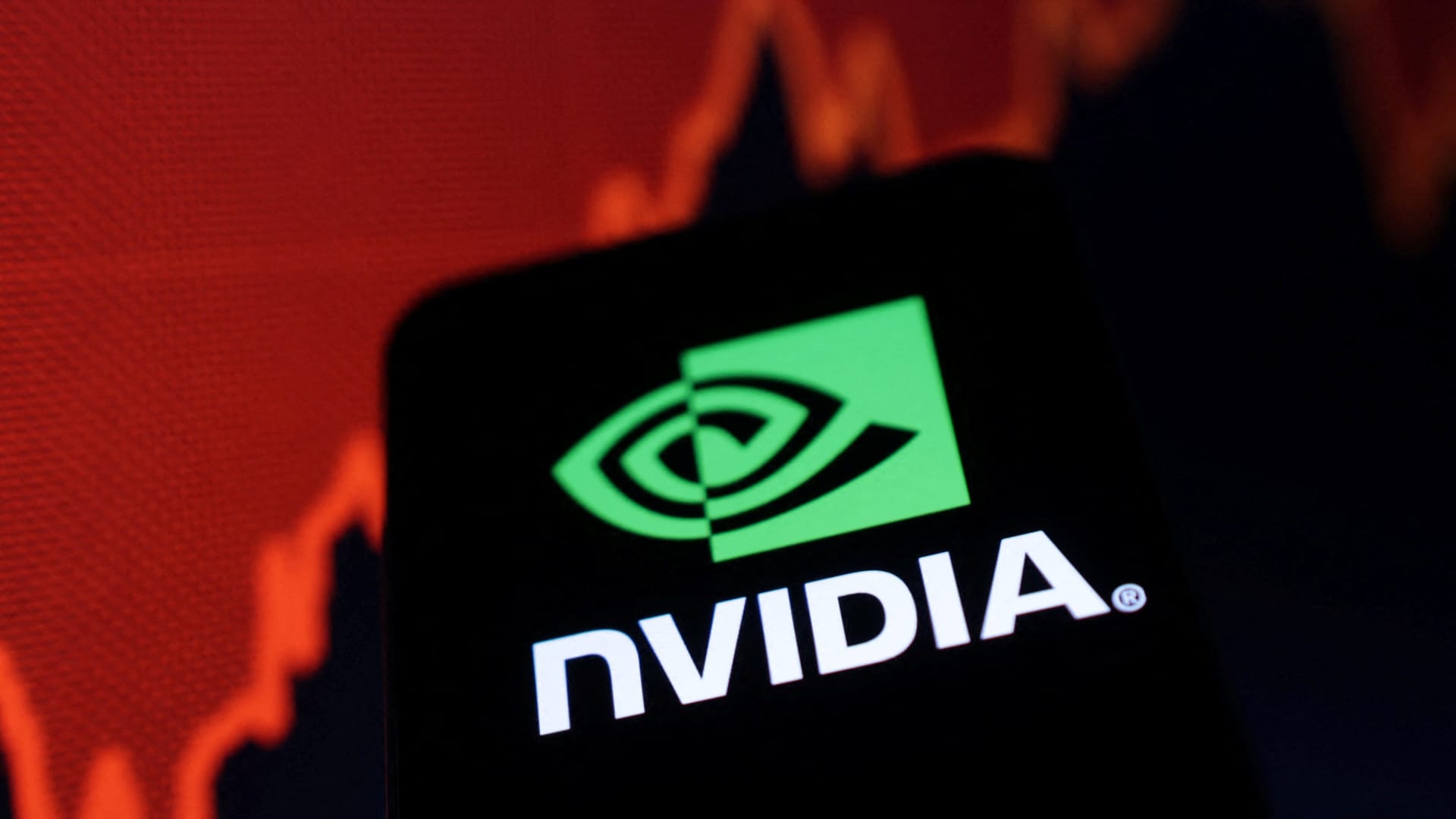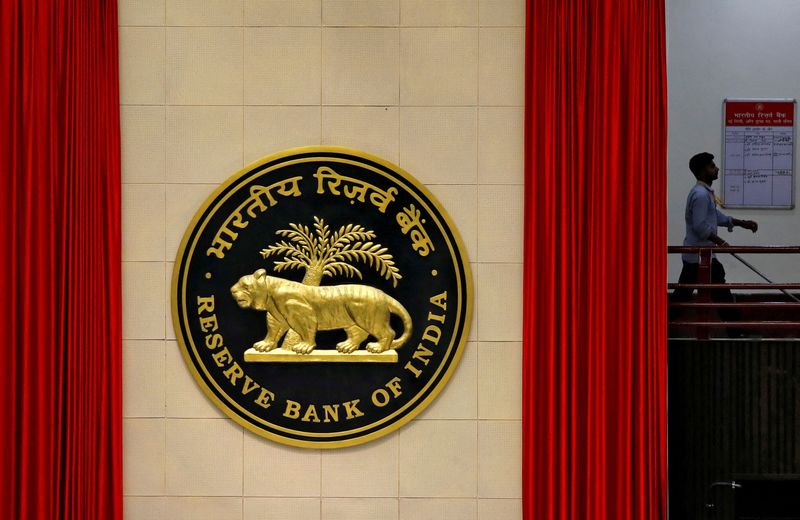Copyright Project Syndicate

PARIS – The future of the European Green Deal is looking bleak. An upcoming vote on the European Commission’s “Omnibus” package – expected within days – promises to confirm the rollback of the Green Deal’s disclosure pillar, the Corporate Sustainability Reporting Directive (CSRD). The battle lines are familiar. On one side are those focused above all on boosting Europe’s growth and competitiveness, heeding former European Central Bank President Mario Draghi’s warning that “inaction” in these areas threatens the EU’s sovereignty. On the other side are those committed to protecting the environment and human welfare – goals supported by a large majority of EU citizens and businesses. In other words, this is a clash between prosperity and principle. But it need not be this way. As a new policy paper from HEC Paris shows, Europe can achieve its sustainability goals without sacrificing competitiveness. The key is to shift the focus of disclosure rules from companies to products. The logic is simple. If disclosure standards apply to what is sold, not who is selling it, then every product, whether made in Boston, Berlin, or Beijing, would be subject to the same rules. At a time when the United States is pushing for sustainability-reporting carve-outs for American companies, this ensures a level playing field, with European firms no longer carrying heavier compliance burdens than their foreign competitors. Critics might claim that this scheme would be impossible to implement, because product-level sustainability information is currently woefully inadequate. But the HEC Paris paper, drawing on multi-disciplinary expertise and input from a range of stakeholders, offers a solution: a single, standardized digital scorecard for every product, listing key sustainability indicators, such as carbon footprint, impact on biodiversity, and human-rights record. Akin to food nutrition tables, product-sustainability scorecards would provide clear, objective information in a manner that facilitates direct comparison. The scorecard system would be far easier to navigate than the current thicket of sustainability labels – of which there are now more than 450, each with its own opaque rules. Ultimately, it would do for product sustainability what harmonized billing information did for electricity markets, and what the CSRD claims to do for corporate reporting: deliver clarity. As such, scorecards would contribute to more sustainable decisions by regulators, policymakers, businesses, and consumers. Moreover, by leveraging upstream data, the scorecard system would alleviate the reporting burden on firms. Many large companies are already requesting more product-level data from suppliers. A standardized scorecard would generalize and automate this information exchange, with sustainability credentials flowing freely along supply chains. Once sustainability scorecards were integrated into accounting, payroll, and inventory software, reporting would become almost frictionless. Firms would face no legal obligation to report, making the proposal politically feasible at a time of strong US opposition to reporting requirements. But the system design ensures that refusing to do so would not protect a firm from scrutiny. The scorecard would clearly show where information is missing, displaying instead best- to worst-case ranges for the product and producer type, which would be visible to consumers of end products. Decades of behavioral research shows that, when a lack of transparency is explicitly presented, people interpret it negatively. If a firm refuses to share information about its human-rights record, consumers will assume that it is not good. In a market where those consumers can easily see its competitors’ records, silence is not just conspicuous – it is costly. Given this, firms, wherever they are based, will quickly learn that they are better off disclosing.



